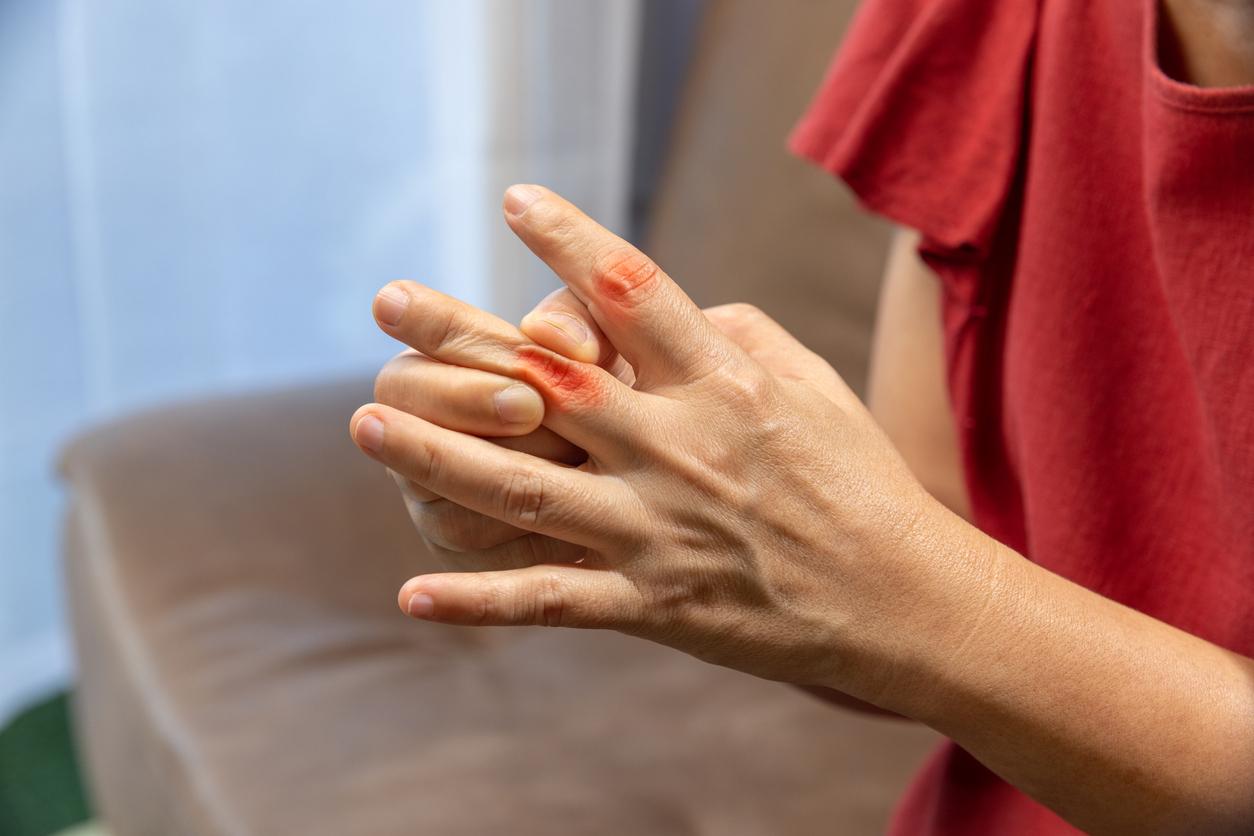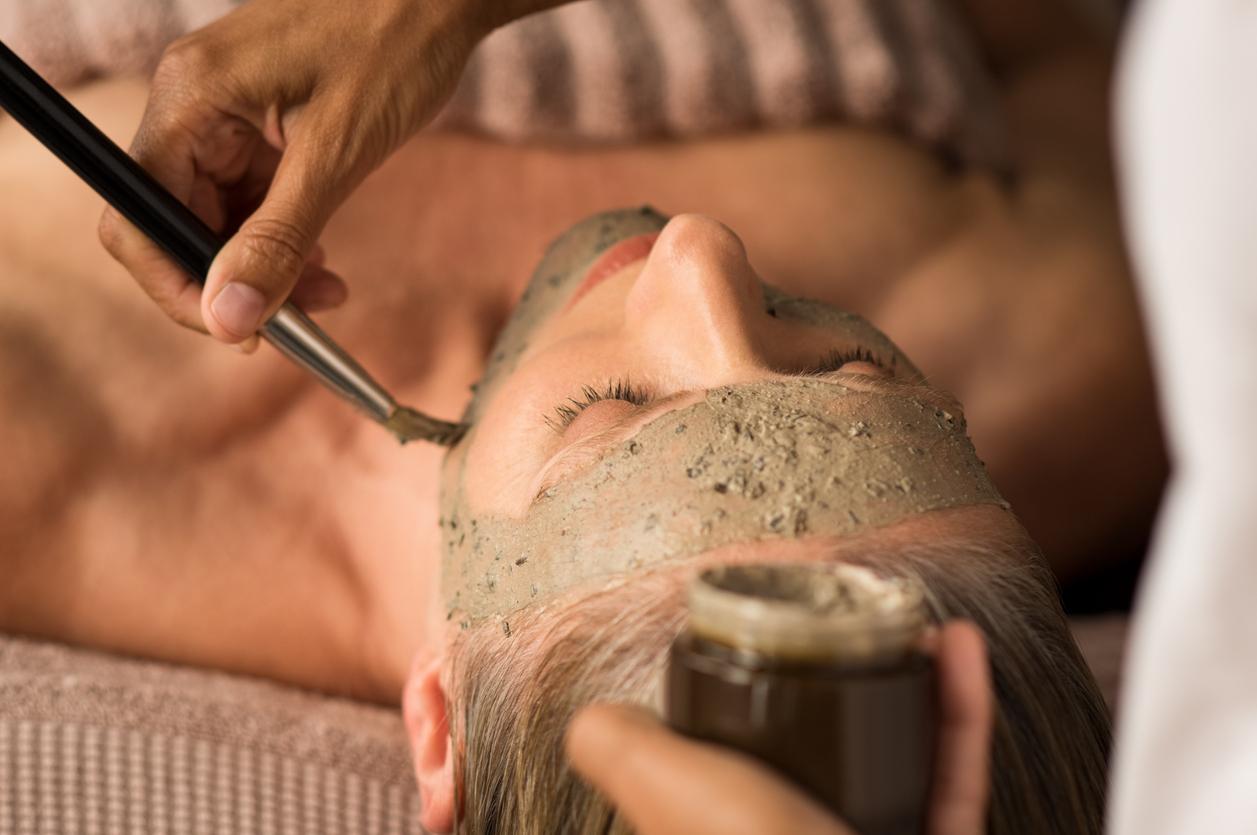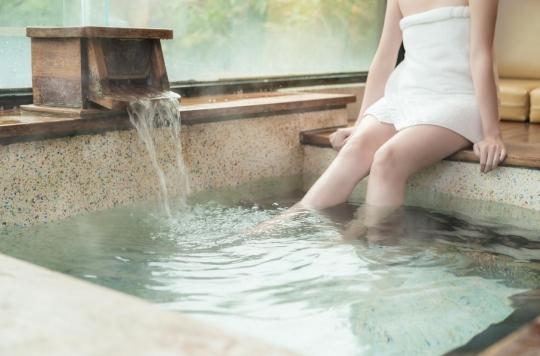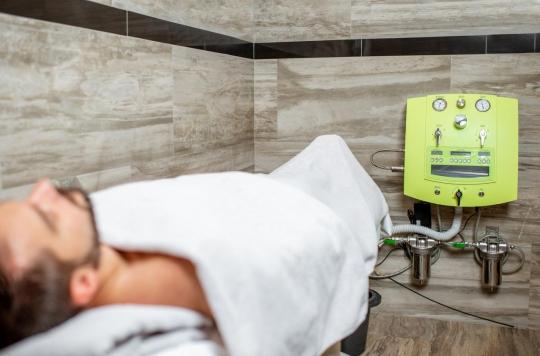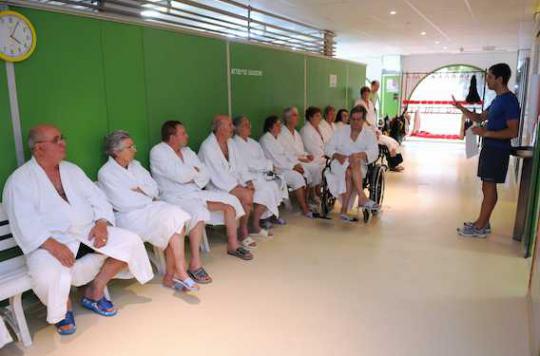
- Hydrotherapy generates 100,000 jobs and 900 million euros per year.
- In the expenses of the Health Insurance, the assumption of responsibility for thermal cures represents 0.15% of the total.
- A cure costs on average 1,500 euros for 18 days. 500 remain the responsibility of the patient.
SURVEY – Hydrotherapy is a profitable sector for resorts, whose overall turnover is 900 million euros. But the patients suffer from a high remaining charge: on average, they pay 500 euros for 18 days of treatment.
Spa treatment is expensive. The average rate is 1,500 euros for 18 days, 500 of which are payable by the patient. An expensive stay, which does not prevent 550,000 people from hurrying there every year. “It is expensive, but it must be seen as an investment,” said Dr Laurent Grange, rheumatologist and president of the French Association for the Fight against Rheumatism (AFLAR).
Lower reimbursement
According to the National Council of Thermal Establishments (CNETh), hydrotherapy represents 100,000 jobs and generates 900,000 million euros in annual turnover. But what about the patients and the Health Insurance who pay for these cures? Social Security reimbursements only represent 25% of the profit generated by thermal activity, underlines the CNETh. But for the deputy Yves Bur, rapporteur of the budget of Social Security in 2008, the rate of reimbursement by the community should have been lowered from 65 to 35%.
“At the time, none of the studies carried out in France had been published,” recalls Professor Christian-François Roques, president of the Scientific Committee of the French Association for Thermal Research. AFRETH was set up in October 2004. Setting up a study is a long process. When it goes very fast, it takes 4 years. “
But criticism of the cost of spa treatments has multiplied. In 2008, the Social Security Accounts Commission published a report in which it underlines in particular the heterogeneity of practices and the lack of visibility on the economic impact of hydrotherapy.
Decreases in care
More recently, Yves Daudigny – commissioned by the Senate – suggested that the expenses related to thermal cures evolve, and that they pass from compulsory to optional. The Primary Health Insurance Funds would thus have the choice to reimburse or not the claims submitted by patients. He recalls in his report that travel and subsistence expenses represented an expenditure of 8.8 million euros in 2011.
For Health Insurance, reimbursing hydrotherapy would be profitable. At least if we believe the impact study ECOTHERM, funded by AFRETH. Carried out on 10,540 patients aged 49 and over suffering from osteoarthritis, it delivered its preliminary results in 2015. The treatment would allow a 10% reduction in healthcare costs, or € 185.53. The impact can be seen above all on physiotherapy care and consultations with specialist doctors (rheumatologist, neurologist, etc.), but also on the consumption of drugs itself. So many acts reimbursed by Social Security. But the amount of these savings does not exceed the amount reimbursed, of the order of 500 euros.
Unequal patients
Spa treatments represent a small part of the Health Insurance budget. They only represent 0.15% of expenditure. It is the patients who suffer the most from the cost. More than a third of the costs associated with the treatment remain the responsibility of the patient. However, almost one in seven patients have a low level of income. One-off help is possible, but for many patients, hydrotherapy remains inaccessible. “For patients who have a small retirement, the difficulty is certain,” confirms Dr. Laurent Grange. This president of a patients’ association suggests that mutuals invest more in this buoyant market. A proposal also supported by the AFLAR white paper.
Partial coverage by Health Insurance
Since 1947, the Health Insurance reimburses part of thermal treatments. An agreement binds the Primary Funds (CPAM) and the thermal establishments grouped together in union since 1997. It allowed the end of the preliminary agreement and a harmonization of tariffs and care. 12 official indications are retained: affections of the oral mucous membranes, digestive, psychosomatic, urinary tract, respiratory tract, dermatology, gynecology, cardio-arterial diseases, neurology, phlebology, rheumatology, and disorders of child development.
In order to be eligible for reimbursement, the treatment must last 18 days. As for care, the amount of their coverage varies according to several criteria. In the case of a long-term condition (ALD), it amounts to 100% – except for comfort care. A patient who does not match this parameter will have to advance fees. Social Security agrees to cover 65% of a spa package. Transport and accommodation costs are also included but marginally: 90 euros are accepted for transport and 97.50 euros for 18 days of accommodation.
At a rate of 1,500 euros on average per stay, the remainder is therefore considerable for the spa guest.. Some complementary health contracts offer support in the form of a fixed price, the amount of which is variable. This option is increasingly reserved for high-end contracts or for senior citizens.
.









